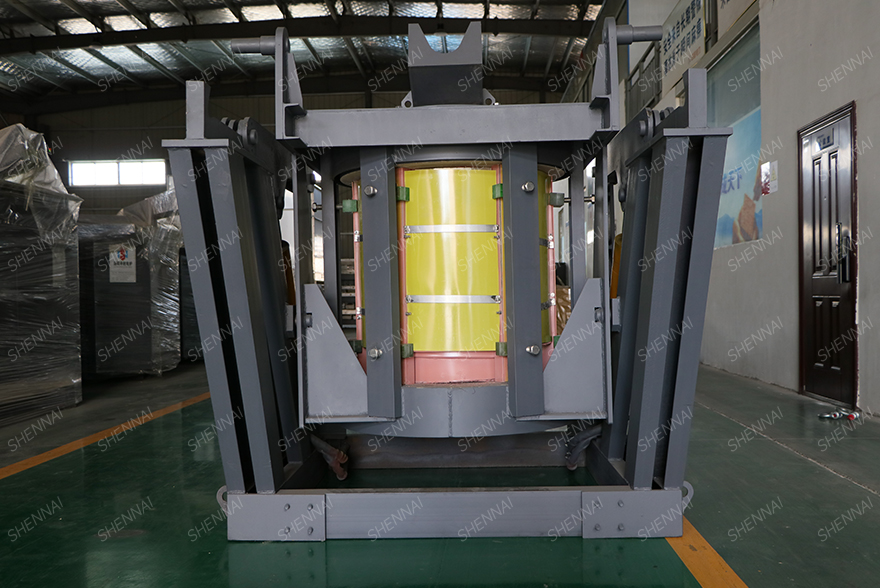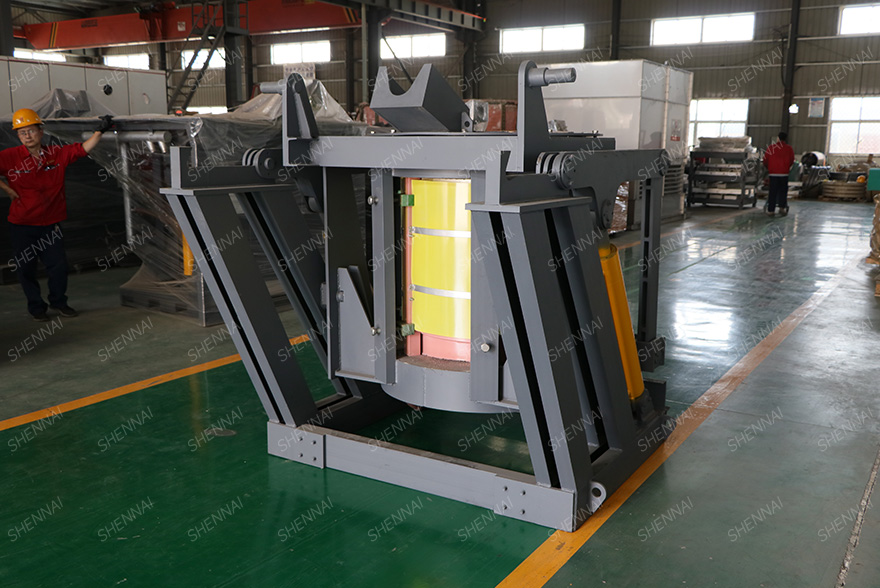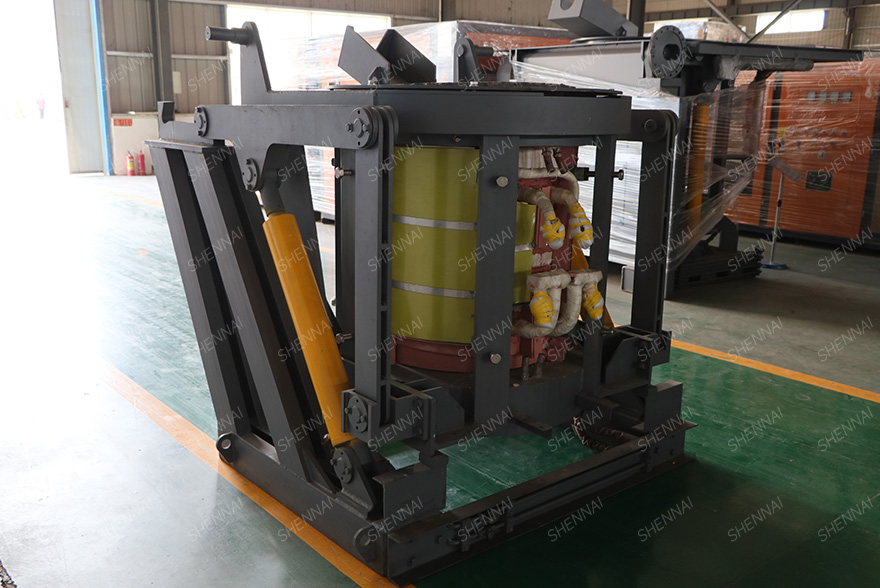- Tel:+8613007564317
- Email:[email protected]
News
Vacuum induction melting is one of the most widely used methods in the field of vacuum metallurgy



Vacuum induction melting is one of the most widely used methods in the field of vacuum metallurgy. For example, nickel base, cobalt base, iron base and other superalloys are melted by vacuum induction melting, and their hot workability and mechanical properties are significantly improved. Elastic alloy, expansion alloy, etc. are almost all melted by vacuum induction melting, which can absolutely guarantee the material performance and quality.
It is mainly used for smelting metal materials (such as stainless steel, nickel base alloy, copper, alloy steel, nickel cobalt alloy, rare earth neodymium iron, etc.) under vacuum or protective atmosphere, and also for vacuum refining and precision casting of alloy steel.
In the process of electromagnetic induction, eddy current will be generated to melt the metal. This process can be used to refine high-purity metals and alloys. It mainly includes vacuum induction furnace smelting, suspension smelting and cold crucible smelting. As smelting under vacuum is easy to remove nitrogen, hydrogen, oxygen and carbon dissolved in steel and alloy to a level far lower than smelting under normal pressure, at the same time, impurity elements (copper, zinc, lead, antimony, bismuth, tin and arsenic, etc.) with higher vapor pressure than the base metal at smelting temperature can be removed by volatilization, while the composition of active elements such as aluminum, titanium, boron and zirconium that need to be added in the alloy can be easily controlled. Therefore, the metal materials melted by vacuum induction melting can significantly improve the toughness, fatigue strength, corrosion resistance, high temperature creep property and magnetic permeability of magnetic alloys.
The life of crucible and the interaction between crucible and liquid metal directly affect the productivity of equipment and the quality of finished metal products. Generally, prefabricated crucibles are used for small furnaces; It is economical to use knotting method to prepare crucible for large smelting furnace (>250kg). The most widely used refractories are alumina and magnesia based refractories of different purity. The choice of refractories depends on the chemical properties of the fused alloy. For metals with low melting point but not reacting with carbon, such as uranium and copper, graphite crucible can be selected; For alloys with more chemical activity, calcium oxide or yttria stabilized zirconia refractories can be selected. In the 1980s, the crucible materials of vacuum induction furnace had an important development. The crucible inlaid with water-cooled copper sheet could completely eliminate the reaction between the crucible and the liquid metal, so that titanium, zirconium and other active metals could be smelted in the vacuum induction furnace; The quality of molten metal can be greatly improved by using prefabricated calcium oxide crucible.
The ranges of low frequency, intermediate frequency and high frequency are:
1. Low frequency range: 30-150Hz
2. Intermediate frequency range: 150-500Hz is the middle and low frequency band, 500-5KHz is the middle and high frequency band,
3. High frequency range: 5K-16KHz high frequency band.
Smelting furnace is used for smelting. The inductor is mainly in the form of pot, mainly used for smelting and temperature raising of precious metals such as gold, platinum, silver, copper, iron, stainless steel, aluminum alloy, aluminum and other metals.
The above is about the principle and use of vacuum induction melting furnace. If you still don't understand, please consult Luoyang Shennai.
We will get in touch with you as soon as possible
